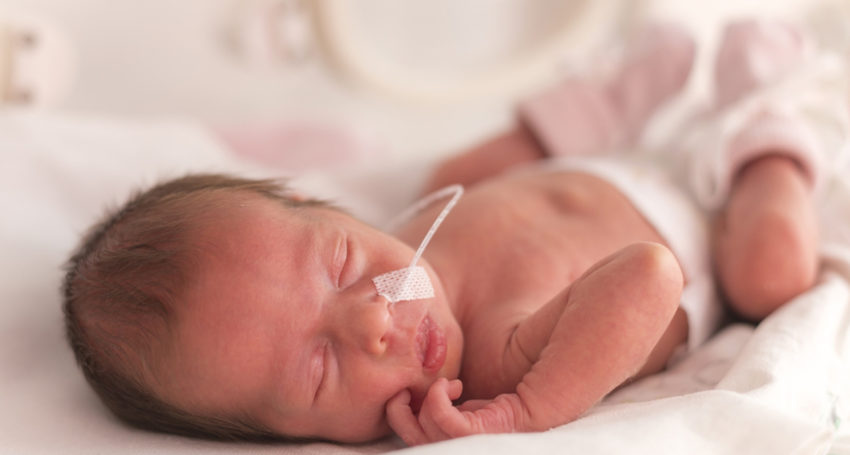Cameras replace electrodes for monitoring premature babies
Health & Medical
Digital cameras and computer vision technology are being used to monitor the vital signs of premature babies to reduce the risk of infection through physical contact.

Sign up to receive notifications about new stories in this category.
Thank you for subscribing to story notifications.

University of South Australia researchers have successfully trialled computer vision technology to monitor pre-term babies in neonatal care.
The technology combines footage taken of infants with their vital physiological data to detect minute changes of skin colour and movement that are not visible to the human eye.
University of South Australia neonatal critical care nursing lecturer Kim Gibson said the researchers used Nikon Digital SLR cameras to take images of the newborns and vitals monitors in Flinders Medical Centre’s Neonatal Unit south of Adelaide.
The images and data were then extracted and processed using algorithms to determine the babies’ heart and respiratory rates.
Gibson said the current method of monitoring pre-term babies – which relies on an electrocardiogram (ECG) – had a number of flaws, including a risk of infection.
“The ECG leads contain quite an adhesive layer, because they need to stick quite well,” she said.
“And when we take them off for X-rays, or we have to replace them, it can essentially rip or tear a good 80 per cent of the outer layer of the skin. That’s quite worrying for pre-term babies because it can cause some skin trauma and pain but it can also increase their risk of infection, which can actually cause significant harm.
The 10 premature babies were selected because they were prone to episodes of slow breathing and apnea.
“An unexpected finding was that our system was able to accurately detect apnea, when the ECG monitor did not,” Gibson said.
“The conventional way that we do the ECG on the chest is not entirely accurate because the ECG units can pick up the heart rate instead of the breathing rate – and that’s what we were able to see in our study.
“We had a baby who stopped breathing for about eight seconds and the monitor that it was on was saying that it was breathing at about 14 to 17 breaths per minute but we could easily see that it wasn’t.”
Gibson said the non-contact method of monitoring maybe particularly useful in low resource environments where ECG leads were shared between infants, despite only having been intended as single use.
“Obviously in low resource countries they don’t want to dispose of these products and it gets shared,” Gibson said.
She said the researchers were trying to ensure the monitoring system was transferable to areas with reduced resources.
“We just use a normal camera, we could essentially do this on an iPhone and we actually want to make sure the system is based on cheap cameras so it can be used in real life.”
She said the technology was not limited to premature babies but could also be used in natural disasters or areas of defence.
The next stage of research would monitor a larger group of pre-term babies.
Jump to next article



